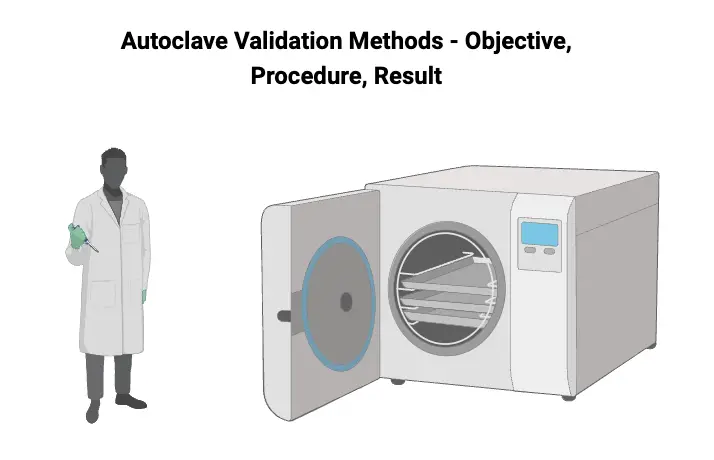Systems of Classification – Artificial, Natural and Phylogenetic
Types Of Classification In the study of botany, the classification of plants is a fundamental task aimed at organizing the immense diversity of plant species into manageable categories. Due to the vast number of plant species and their complex relationships, it is essential to classify them into hierarchical groups based on similarities and differences. This … Read more









